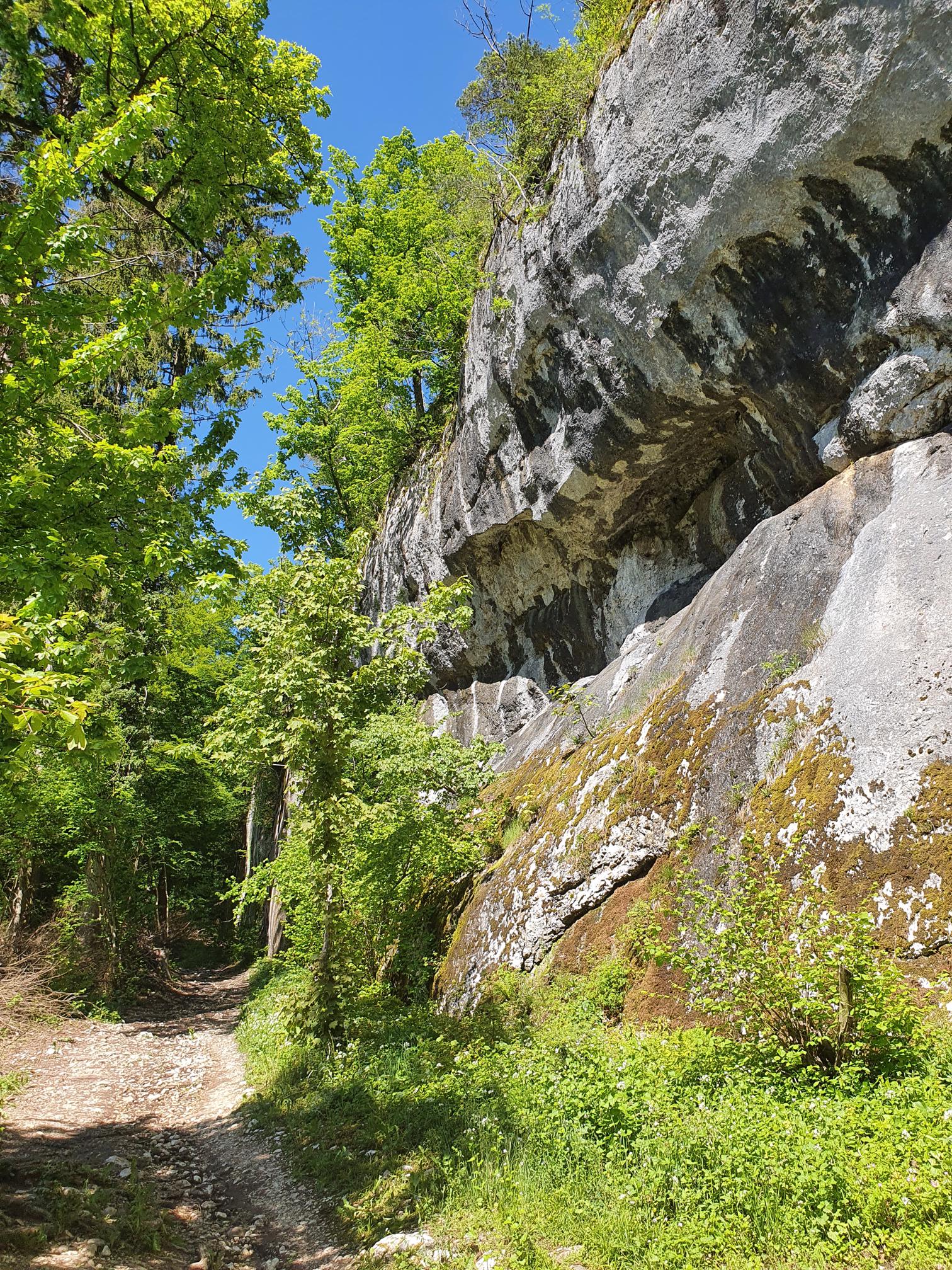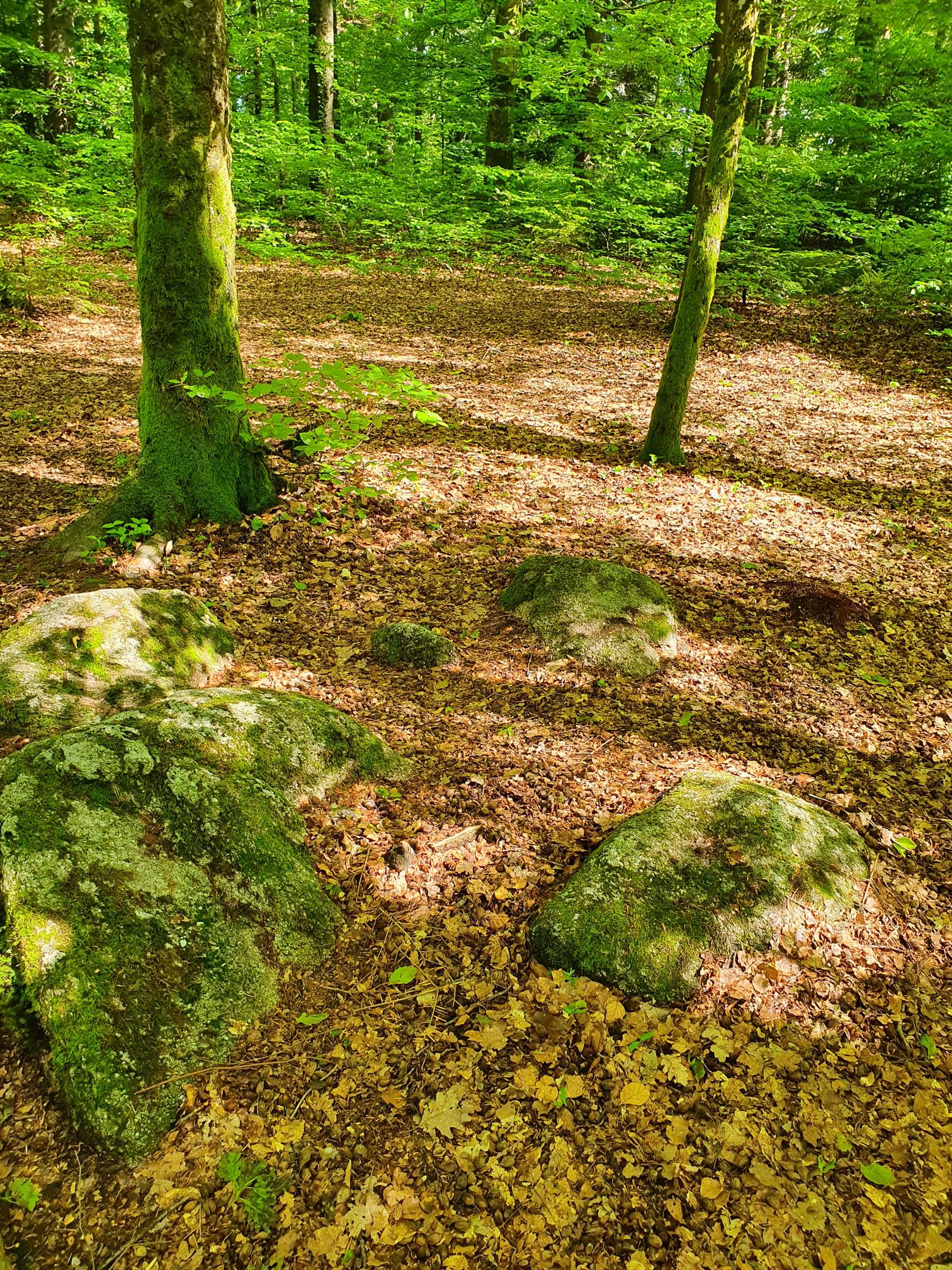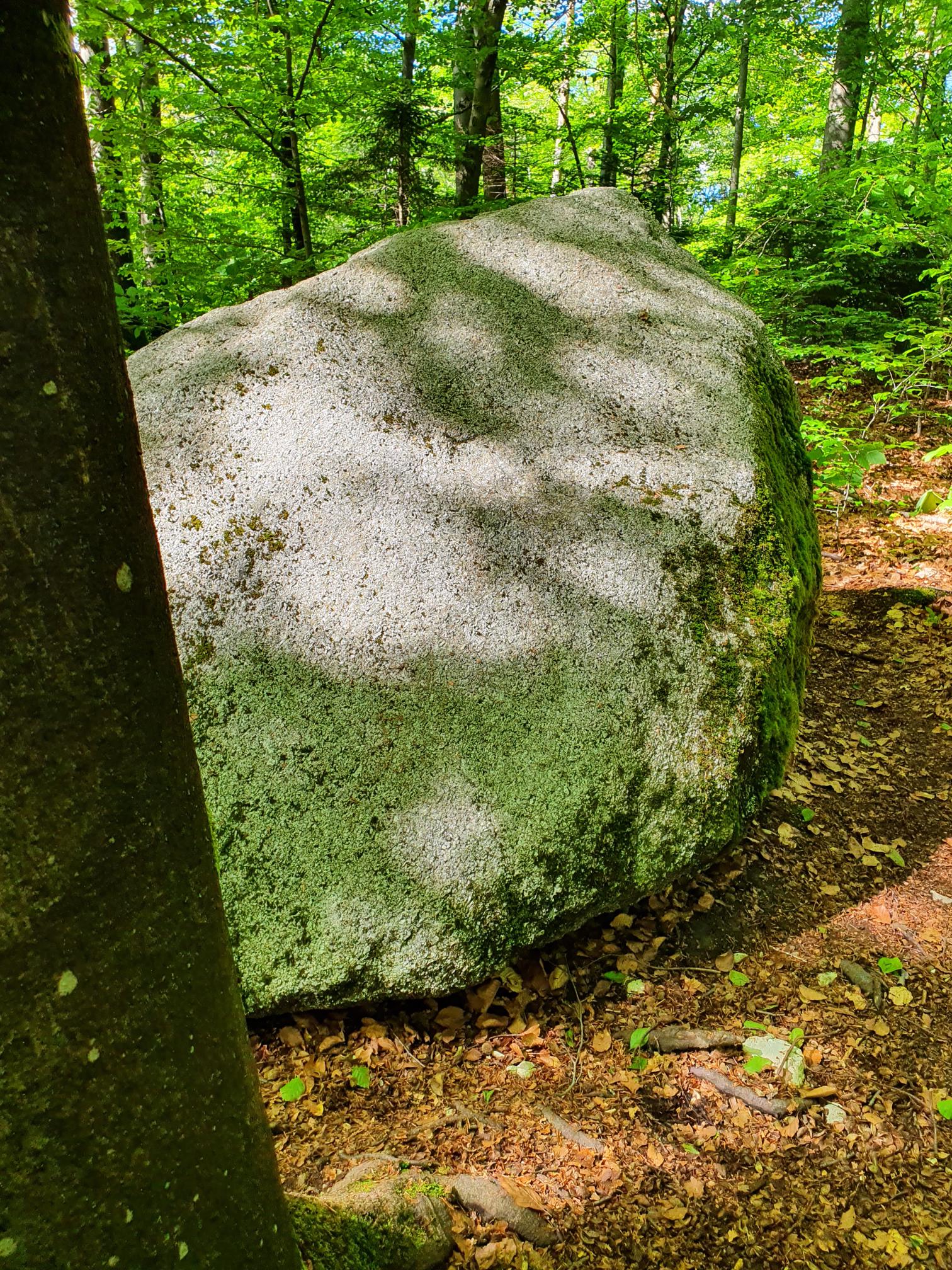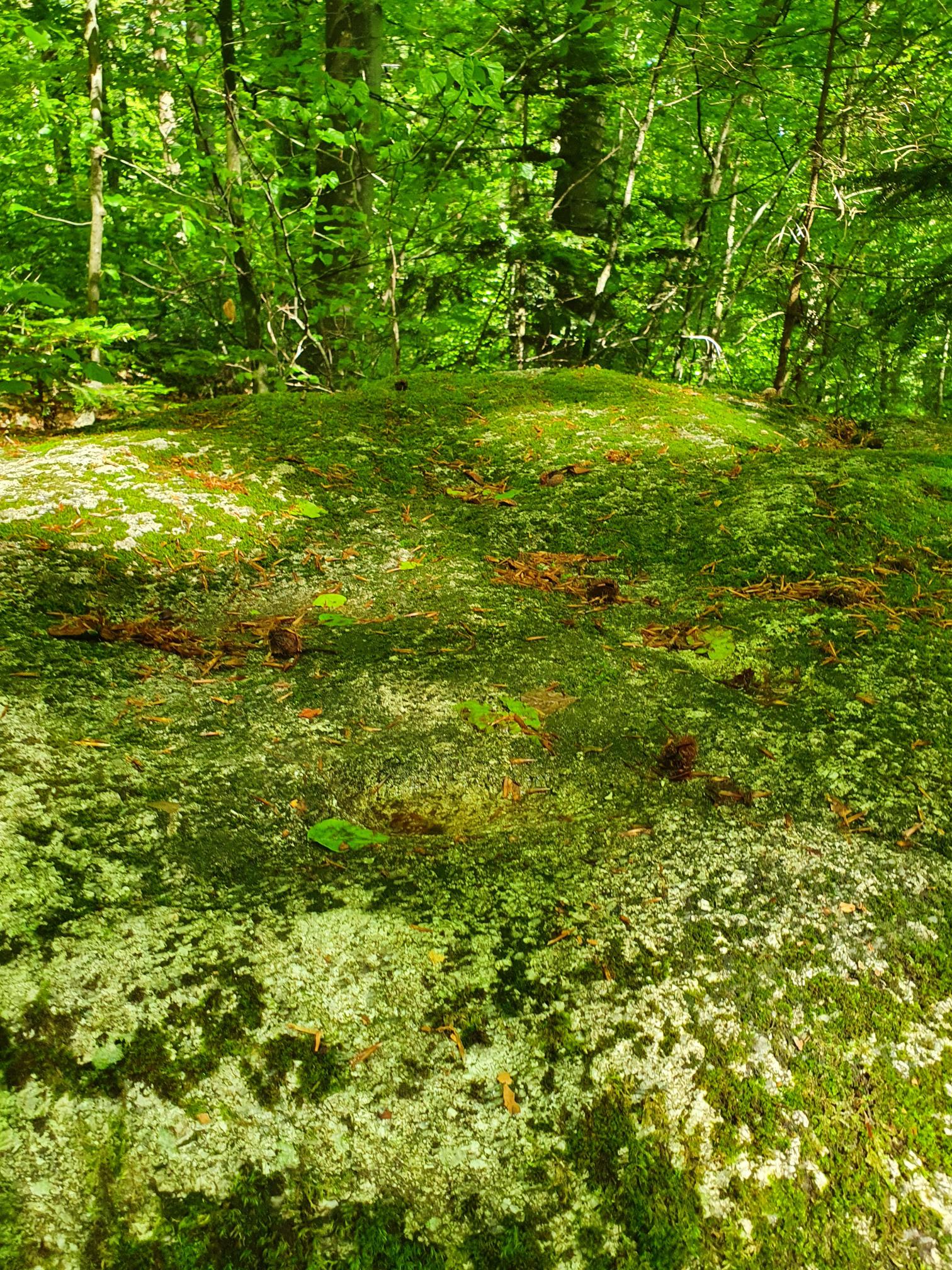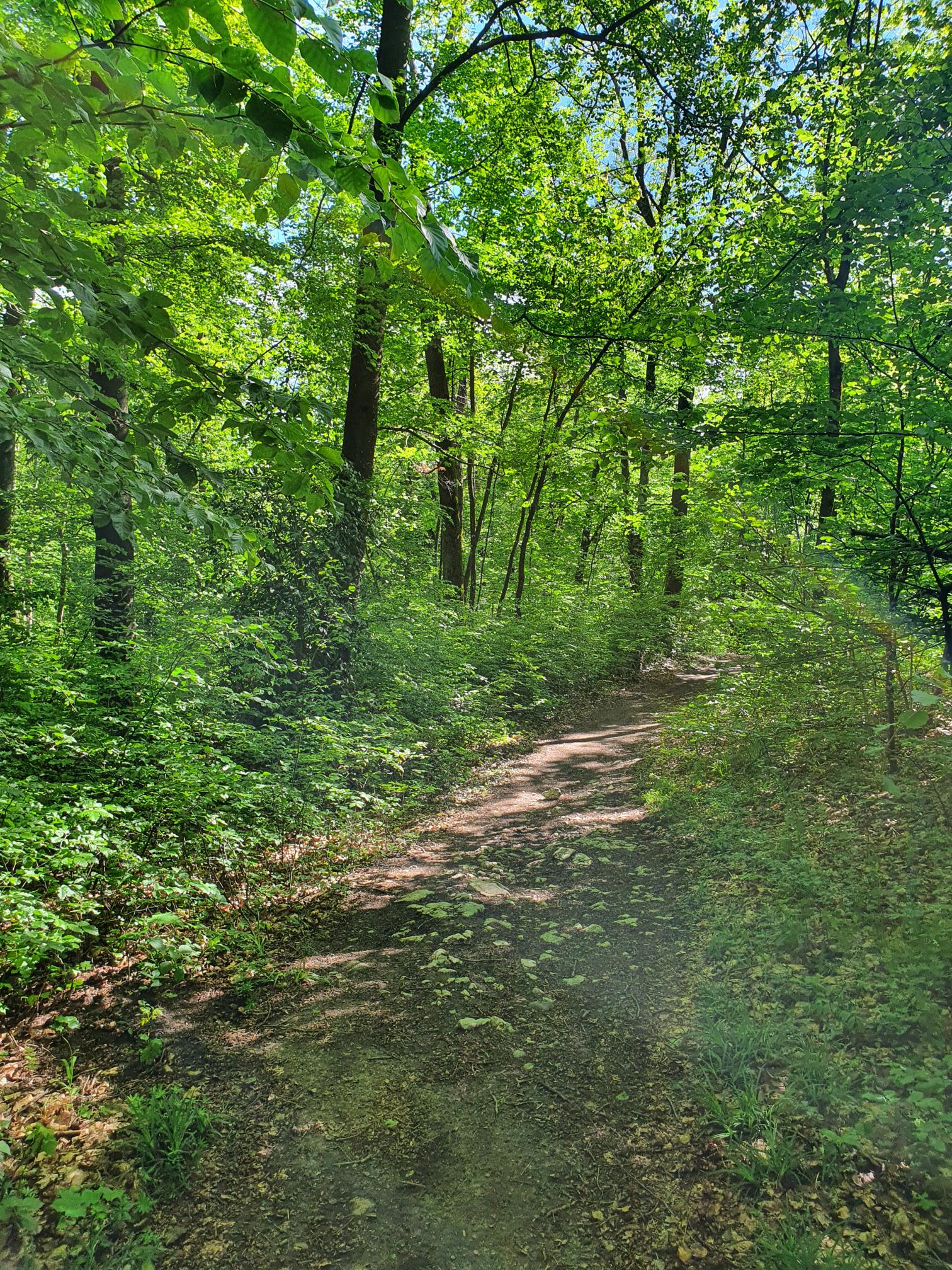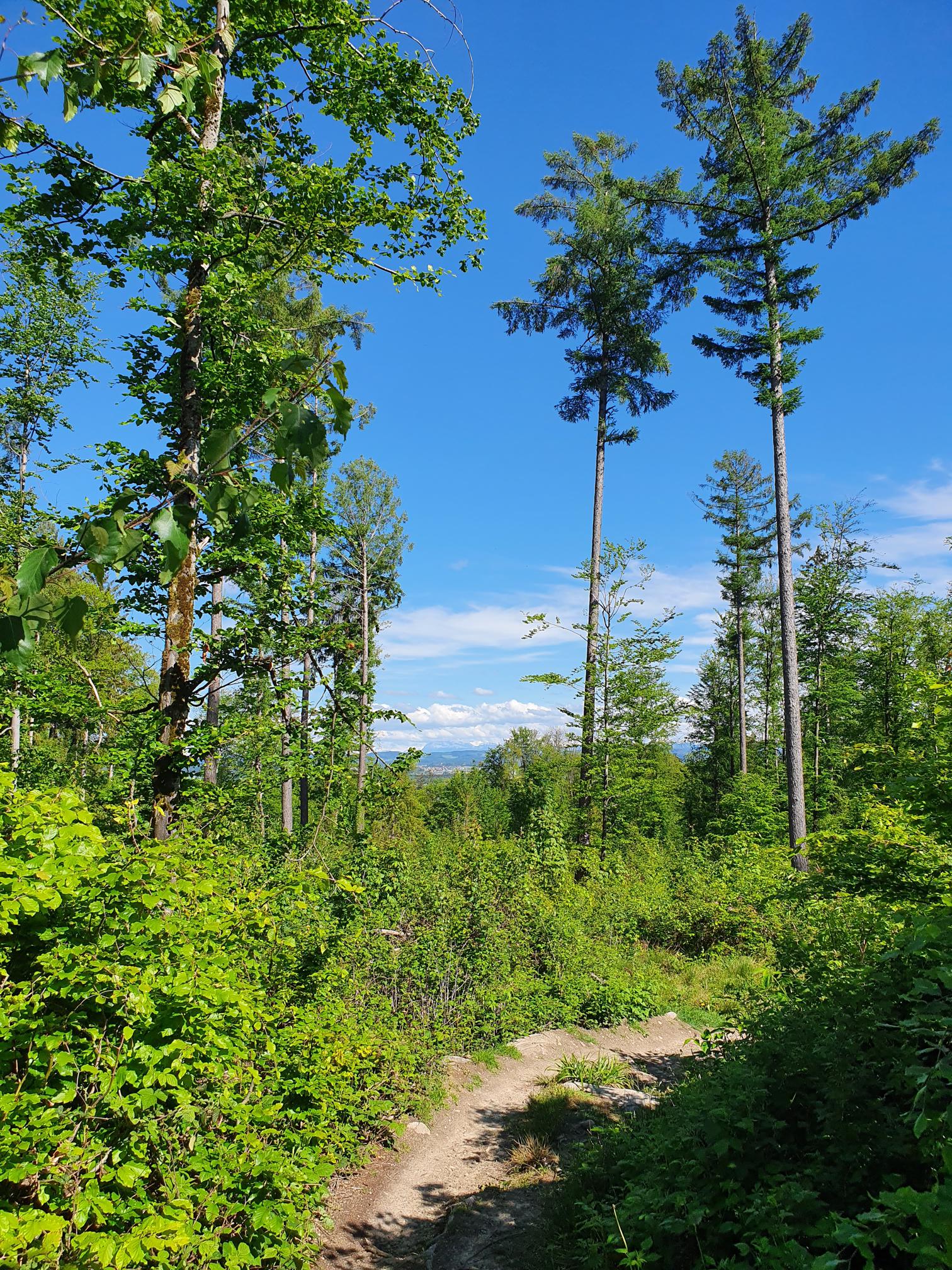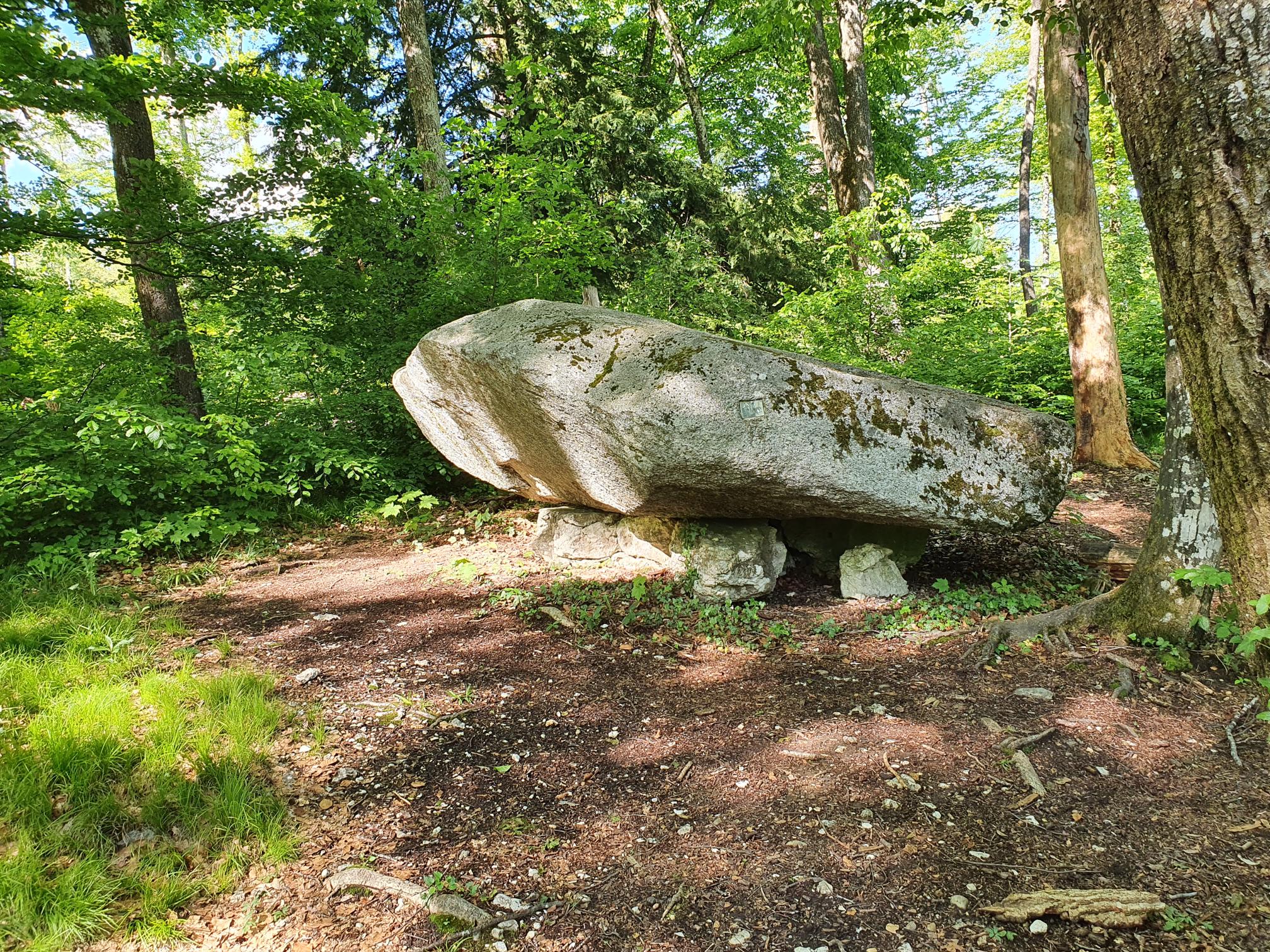13 impressive natural and cultural monuments from prehistoric times are the stops on a hiking trail. Boulders and erratic blocks were deposited during the last ice age from the Valais with the Rhone glacier to the southern foot of the Jura in Solothurn. The megaliths are impressive and full of secrets.
background
Cultic-religious blocks line up next to astronomically laid out megaliths. The individual stations are commented on and excitingly described. The forest and the landscape do the rest to bring you closer to the past.
Here is what there is to discover: Rutschelisteines or Kindlisteines are stones from which women who wanted children slid down to make their wish come true. Astronomically laid out stones are aligned with the major lunar solstice. Gnappsteine were set in motion in ancient times to serve as oracle stones and places of sacrifice. Stone circles served various cultic purposes. The cup stones are evidence of human grinding work and were used religiously.
All this makes for an eventful trip to Solothurn.
Nature and Religion
Neither an abstract god nor something like a world of gods is likely to have fertilized the transcendental in the Stone Age. Rather, it was nature that man sanctified. Heaven, earth, nature and life were the concrete sanctuaries. Thus, the observation of nature and the wonders of nature from sunrise and sunset to the seasons were objects of praise. Death was not the end, but the transition to a new life.
Access
There are parking spaces in St. Niklaus from which the route is well marked.




